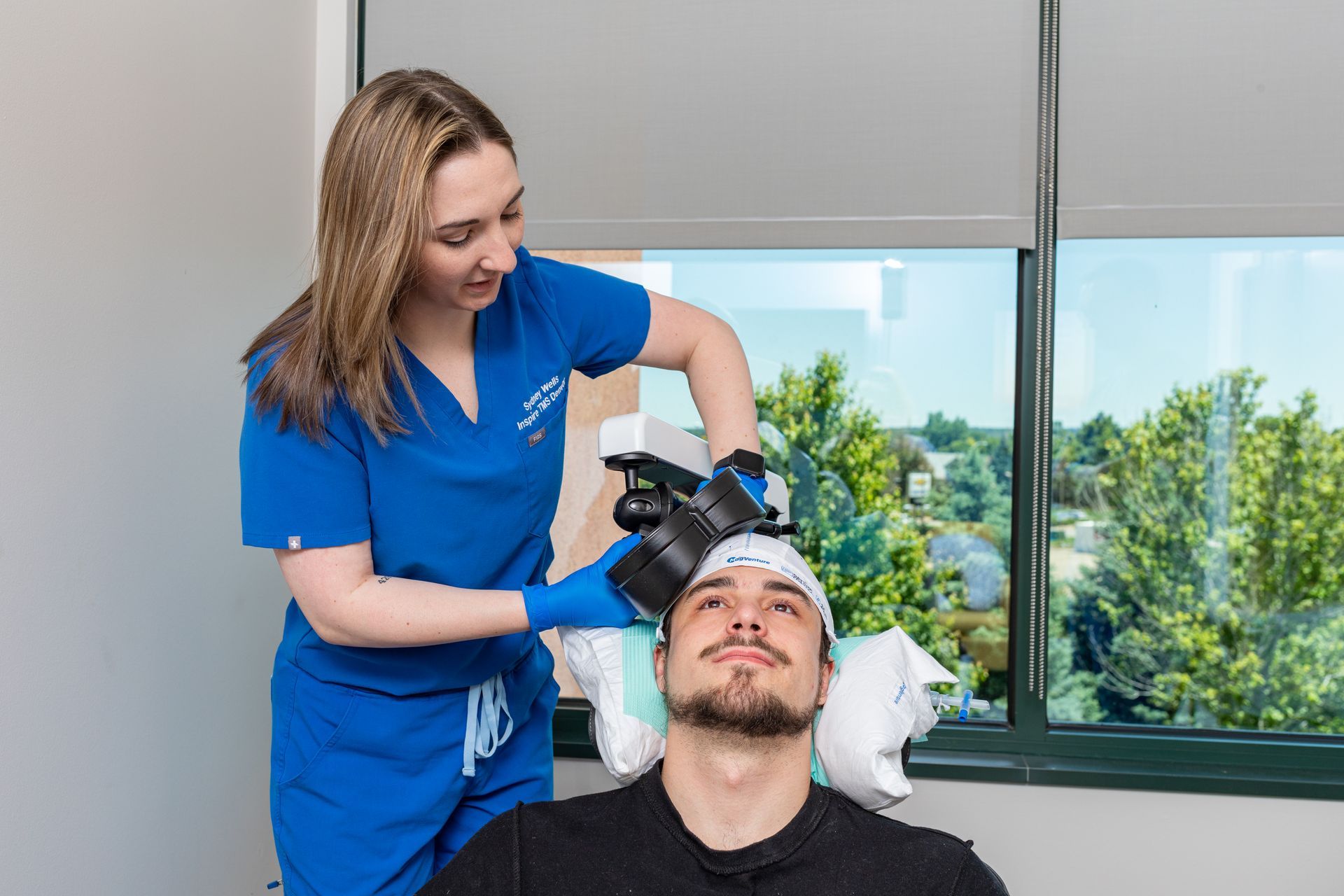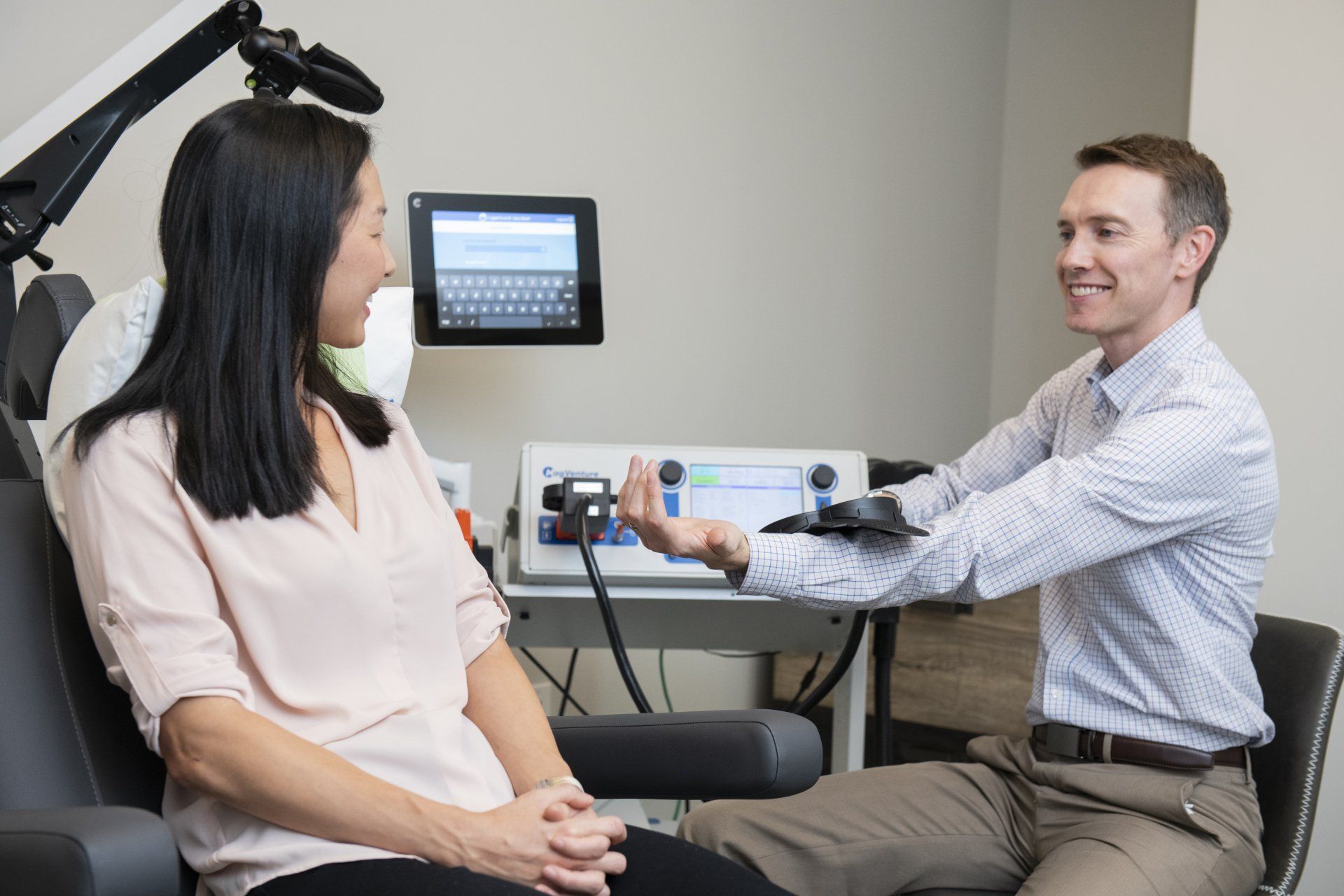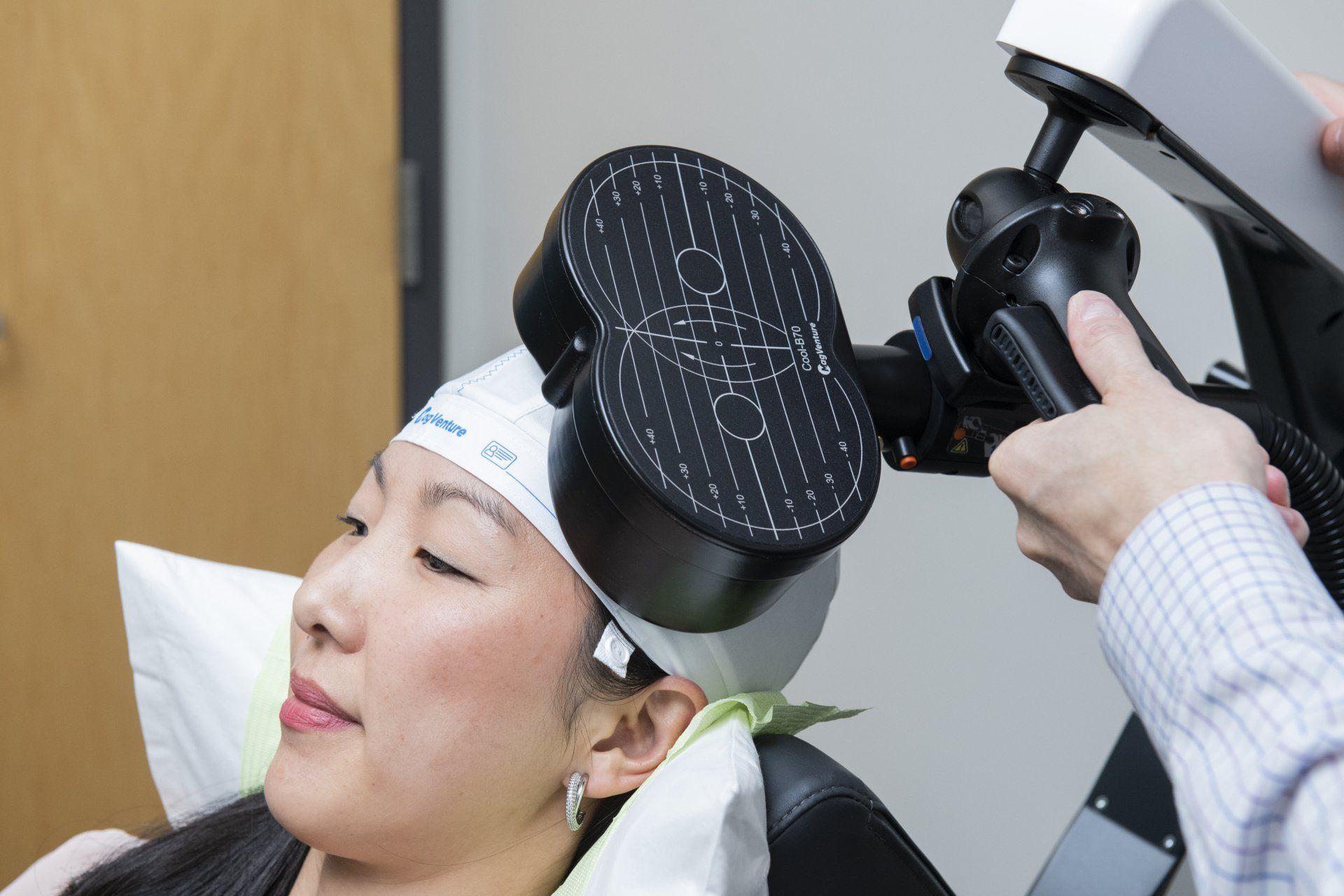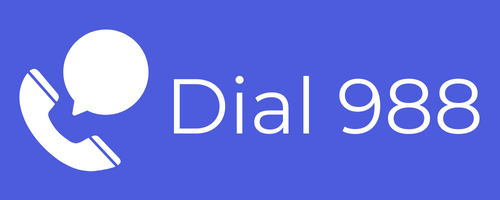For monitoring PTSD response, we use the PCL-5 rating scale. The PCL-5 is also a standardized and validated scale used to measure the presence and severity of PTSD symptoms on a scale of 0 to 80. The version we use is also a patient self-reported scale. A score of 31 or above, indicates the presence of clinical PTSD in an individual. Our clinic achieves an average response rate of 80% (based on at least a 50% improvement on this scale), with an average starting PCL-5 score of 54 and an average ending score of 19.
While TMS is primarily known as a treatment for clinical depression, and FDA approved for this condition, there is much research showing TMS also works for other mental health conditions. This article focuses on our clinic results in treating anxiety and PTSD with TMS. Reference our pages on treatment for anxiety and PTSD for additional studies supporting TMS for treating these conditions.

Anxiety Results
For monitoring anxiety response with treatment, we use the GAD-7 rating scale. The GAD-7 is a widely used and validated patient self-report scale used to measure the severity of anxiety symptoms on a scale of 0 to 21. Scores above 10, signify moderate to severe anxiety symptoms. Scores between 5 and 9, represent mild anxiety symptoms. And scores below 4, indicate minimal to no anxiety symptoms.
Our clinic achieves an average reduction in the GAD-7 of 59% across all of our patients, with an average GAD-7 starting score of 13 and average ending score of 5. In addition, 65% of our patients have responded to TMS treatment for anxiety (based on a 50% improvement or better on the GAD-7). These are very good results, considering we track the GAD-7 for all patients receiving treatment - even those individuals without an anxiety disorder.
- 83% of our patients treated with TMS have achieved a GAD-7 score of less than 10, which indicates mild to no symptoms of anxiety.
PTSD Results
- 87% of our patients treated with TMS finish treatment with a score below the PTSD threshold on the PCL-5.
Share this Post









